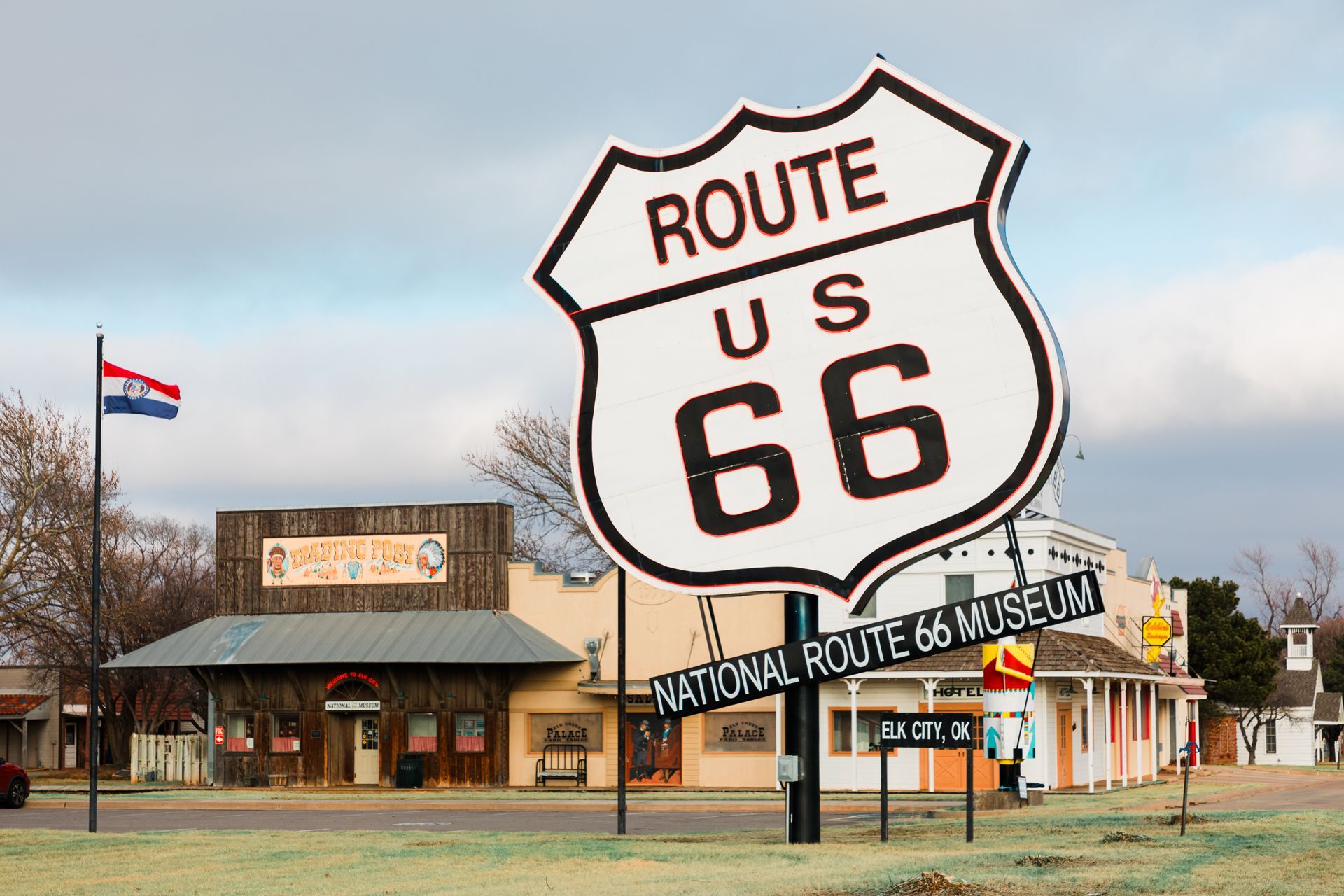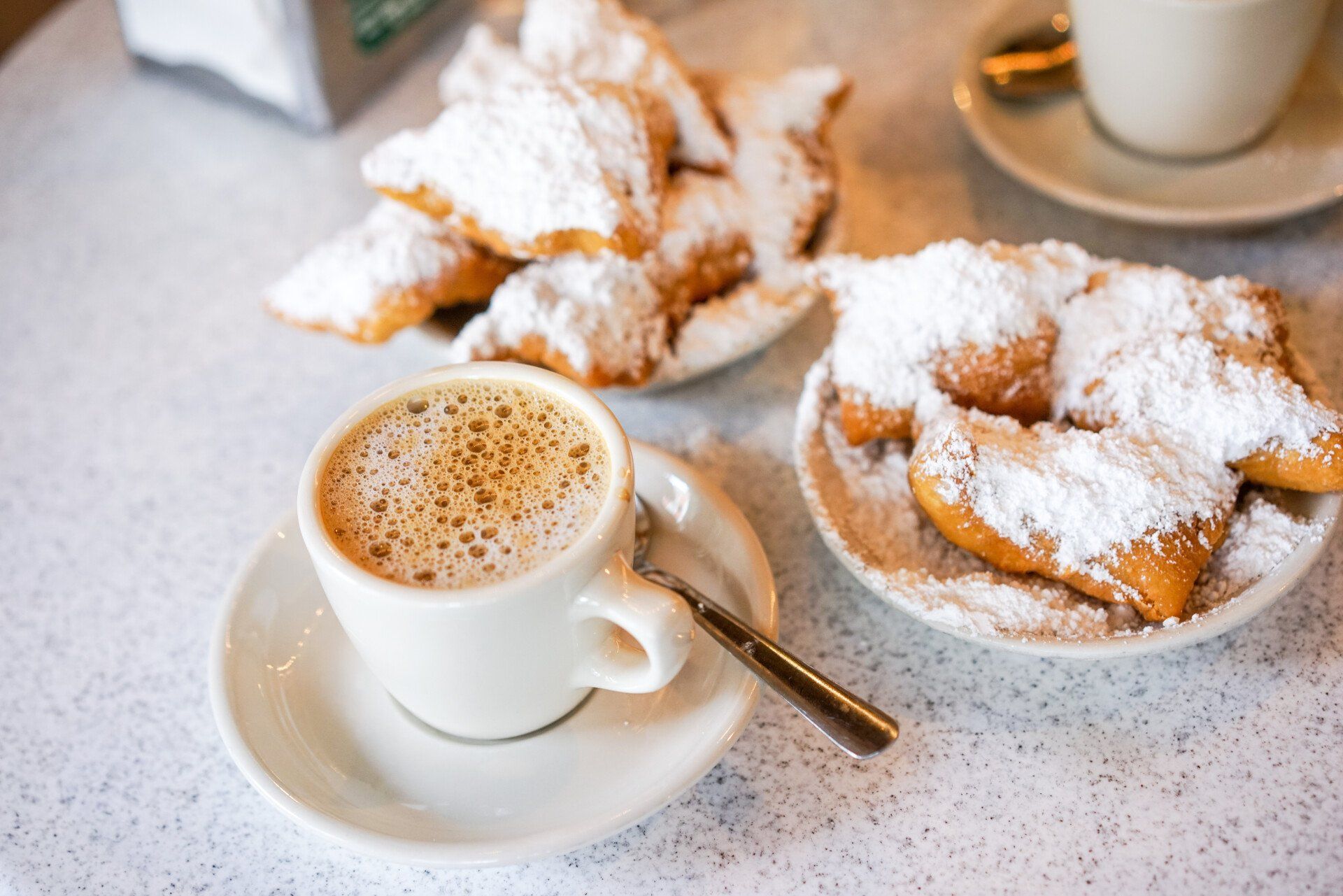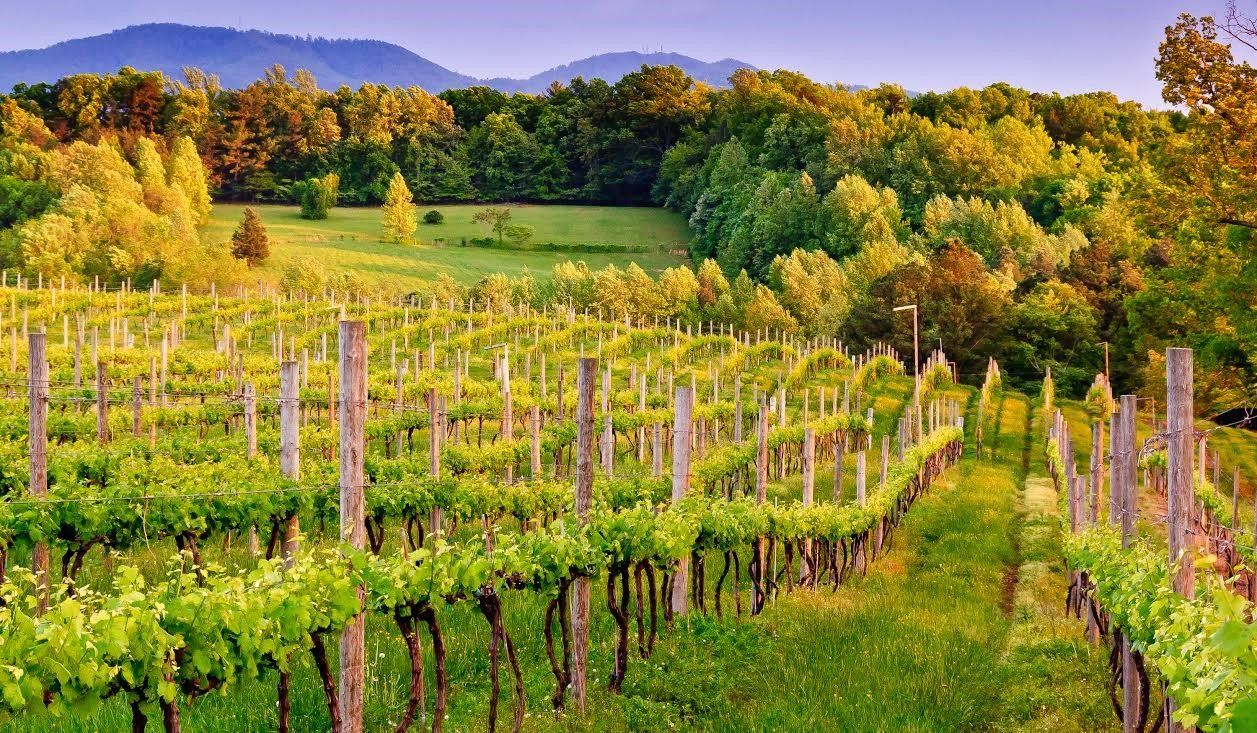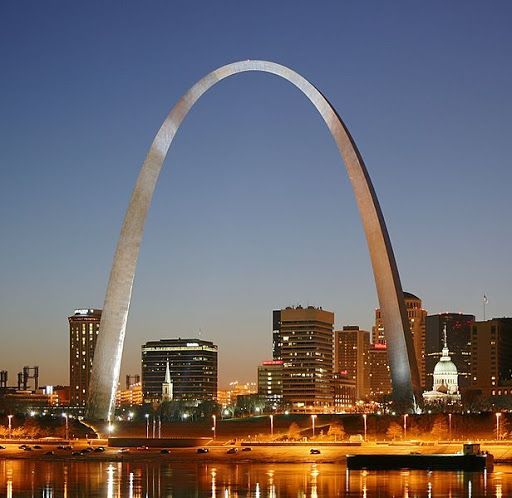Frozen in Time: Louisiana's Antebellum Plantations
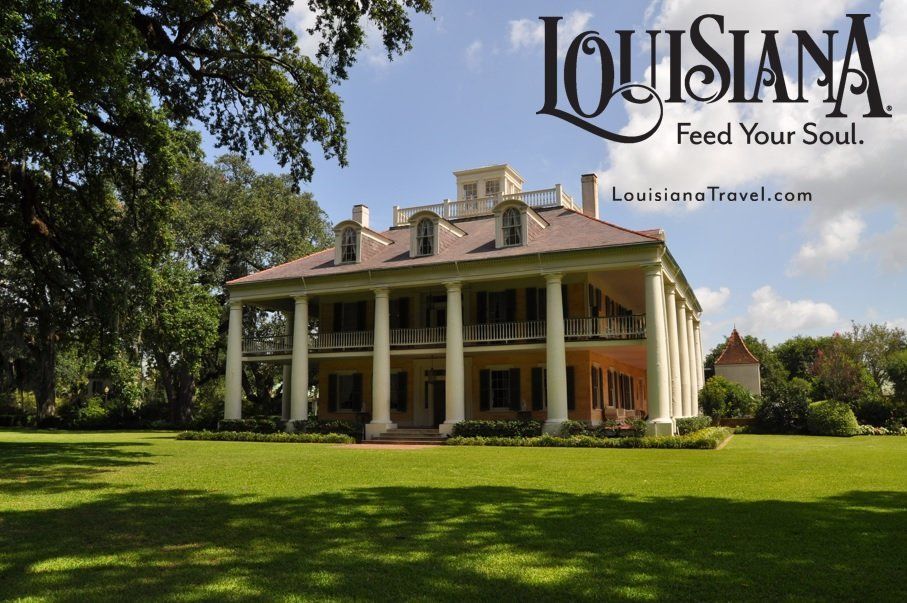
In the mid-1800s the highest concentration of millionaires in the U.S. could be found in one winding corridor about 120 miles long—a strip of land in south Louisiana that stretched along the Mississippi River from New Orleans northwestward to the region surrounding Louisiana’s capital, Baton Rouge.
While the rest of the South cultivated cotton, this part of Louisiana amassed its wealth from massive sugar cane plantations. Planters generated fortunes growing this “white gold” and used the Mississippi River as a frontier freeway to move the crop to New Orleans and markets abroad. Before the Civil War began in 1861, Louisiana was producing about half of all sugar consumed in the U.S. In the 1850s alone, Louisiana sugar plantations are said to have produced about 450 million pounds of sugar per year, worth more than $20 million annually.

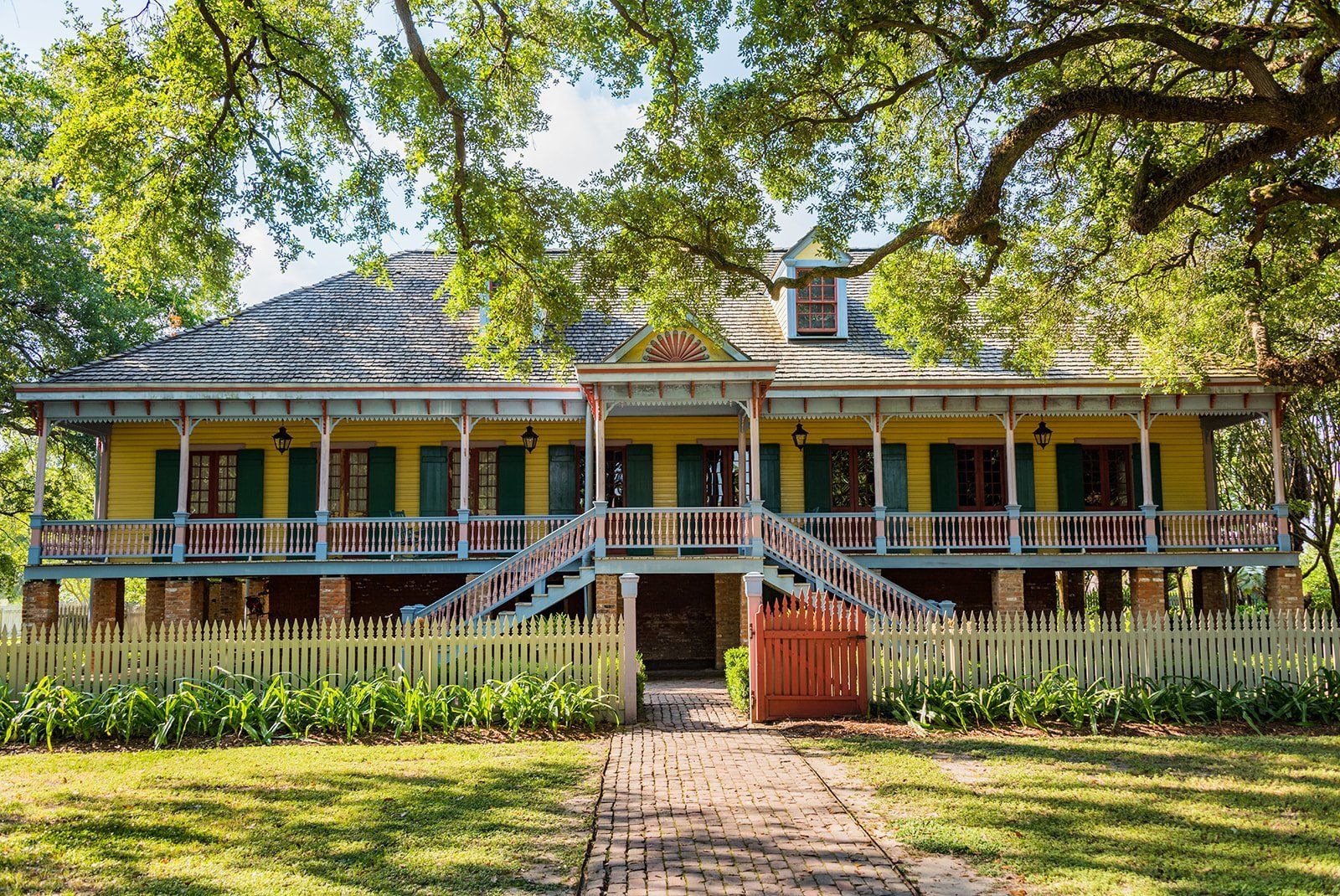
That history is preserved
today through about 30 plantation mansions from the era—homes where the wealthy
planters lived, conducted business and entertained peers and distinguished
guests. Hundreds of thousands of tourists visit the mansions each year to view the
stunning architecture and elaborate furnishings and hear entertaining tales of
life and livelihood in antebellum Louisiana. Each plantation offers a unique or
superlative quality compared to its corridor counterparts, making visits to
more than one home even more enriching.
Nottoway Plantation is said to be the largest surviving antebellum home in the South. The 64-room, 53,000-square-foot, mostly white structure has 365 doors and windows. During the antebellum period it had indoor carpeting, running water and its own bowling alley. The home is fittingly located in the town of White Castle.
San Francisco Plantation in Reserve boasts architectural touches aptly described as Steamboat Gothic—the home’s exterior shares features seen on paddlewheel ships that traveled the Mississippi River in the 1800s.
Nearby Destrehan Plantation in Destrehan was completed in 1790. It is said to be one of the oldest homes in the entire lower Mississippi River valley.
The Myrtles Plantation in St. Francisville is said to be one of the most haunted structures in the U.S. At least 10 people were either murdered or met odd fates in the home or on its grounds.
Also in St. Francisville, Butler-Greenwood Plantation is one of the few homes still maintained by descendants of the original owners. Eight successive generations of the family have graced its halls.
Since most families no longer live in these plantation homes, and, for the most part, sugar is no longer cultivated on site, these stately mansions now serve as living history museums—settings in which old stories come to life. Topics discussed on tours range from daily life in the big house and adjacent cane fields and Louisiana’s Creole culture in the region to Louisiana’s colonial and statehood history and the onset, impact and lasting effects of the Civil War on plantations. In addition to tours, many of the homes double as bed-and-breakfasts, and several have upscale restaurants onsite.
For more information about Louisiana plantation homes, visit www.LouisianaTravel.com.

